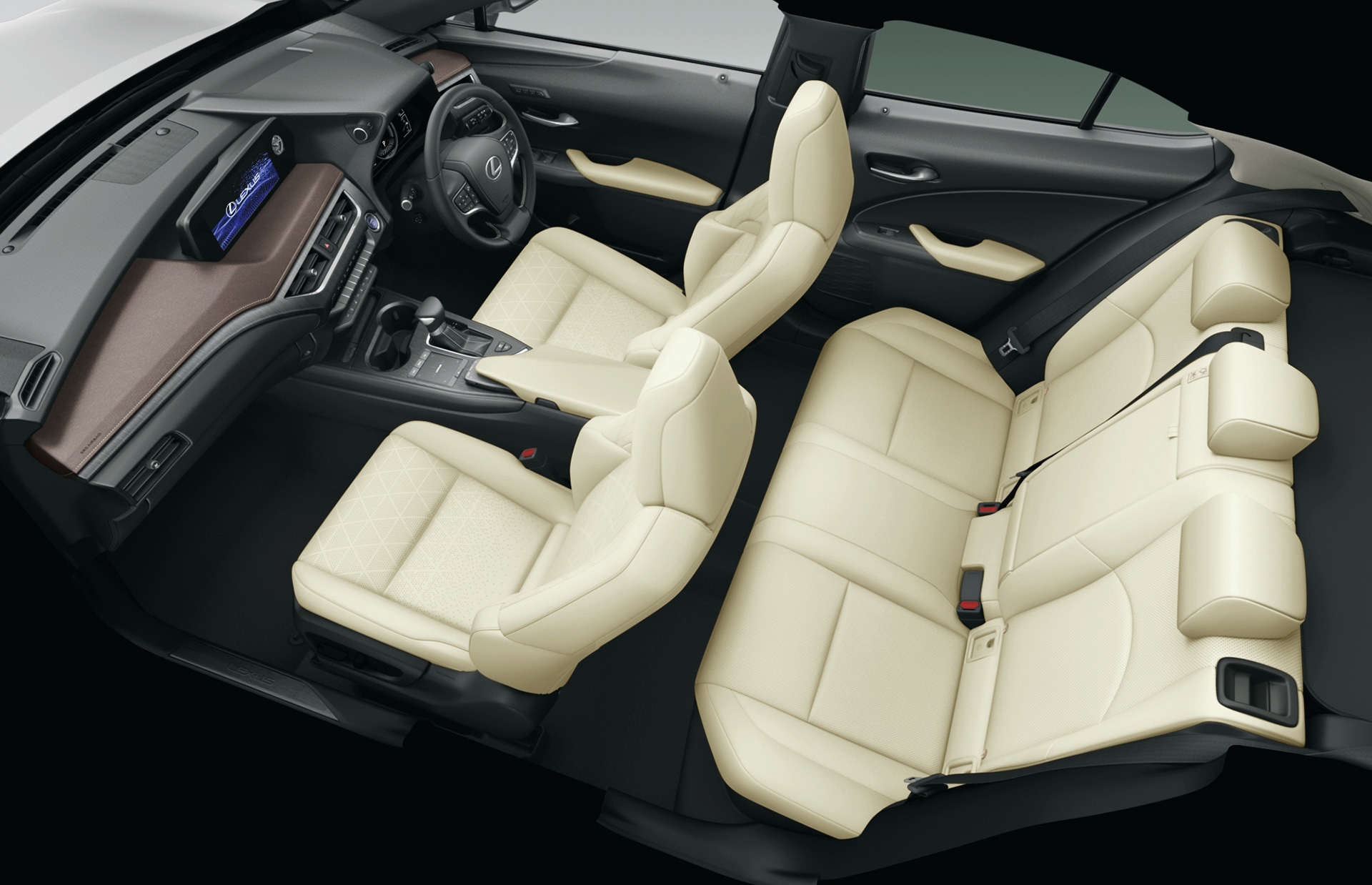
This is a compact Lexus SUV and it competes directly with the BMW X1, Audi Q2 and the Mercedes GLA. The rivals all have turbocharged engines and off-road capability but they all cost more to buy and to maintain in the long run. This Lexus 200 on the other hand has a higher quality interior when compared to its German rivals and confirms lower running costs after the warranty is over. Still, many will move towards the three pointed star at first and want that more powerful engine which they hardly can use in our traffic clogged cities and surprise surprise, they will never ever go off road to use its 4×4 capability.
So, why not take a Lexus UX for a test drive and feel the quality and the features we are sharing in the paragraphs below.

The traditional sedan market has been shrinking since the 2010s, and today many car companies have found that customers put crossovers and SUVs first. And since family units are getting smaller, many customers are willing to forgo larger vehicles for smaller, more luxurious vehicles at the same price point. Which is why the compact crossover segment has been booming.
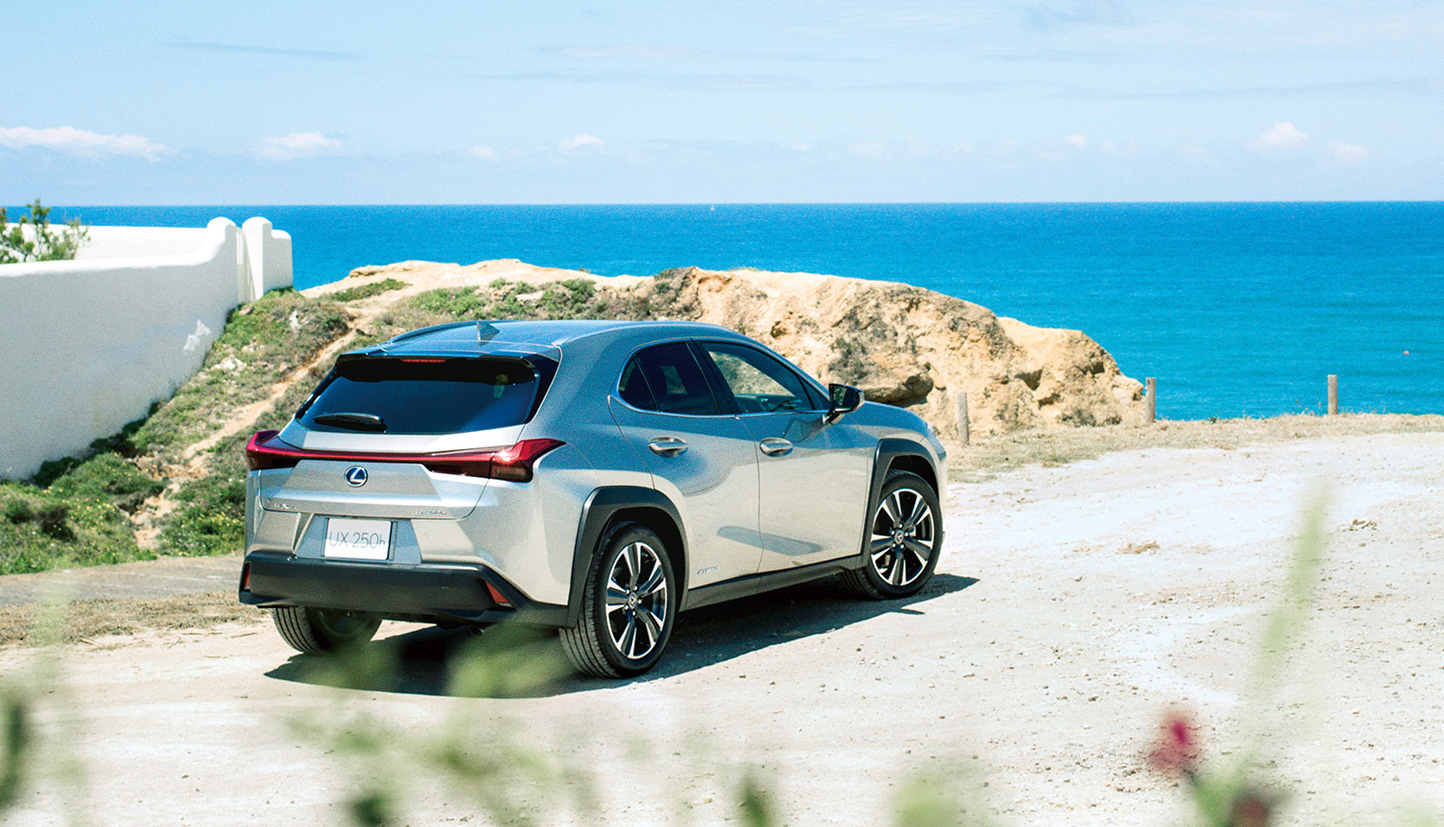
Every single premium brand out there has a compact crossover or at least has one in development. While most European premium brands use their entry-level hatchback models as a basis for the development of their crossovers, Lexus has gone another route. They don’t have a hatchback on sale at all right now. So instead they built their first compact SUV from the ground up on the excellent Global Architecture-Compact (GA-C) platform.

This approach is makes the UX more dynamic and comfortable than rivals from other luxury brands. It is uncompromised in its chassis, lending the Lexus UX a huge advantage in ride and handling. For a car of its size, the chassis is significantly more capable of absorbing harshness from imperfections on the road than many of its rivals. The use of double wishbone suspension at the rear also gives it unexpectedly lively responsive steering characteristics for a front-wheel drive model. The UX can turn on a dime, even at high speeds. It’s almost magical how the car can switch from sharp to relaxed depending on the driver’s inputs.
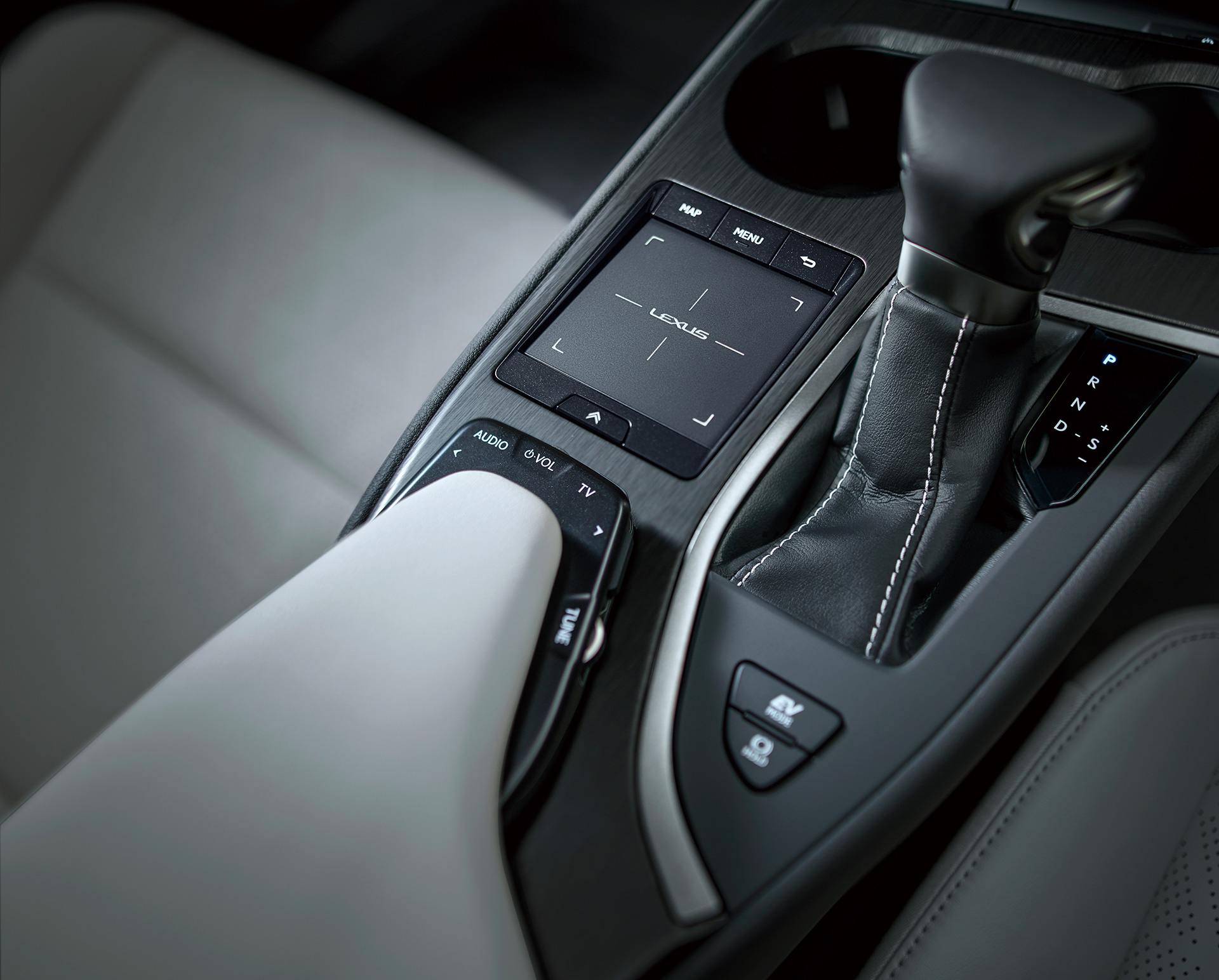
Of course, Lexus was also aware that luxury needs to be perceived in-cabin as well as in the drive, which is why they went the extra mile with the interior. By looking inward at traditional Japanese crafts and concepts, Lexus was able to recreate a few design features unique to their brand.
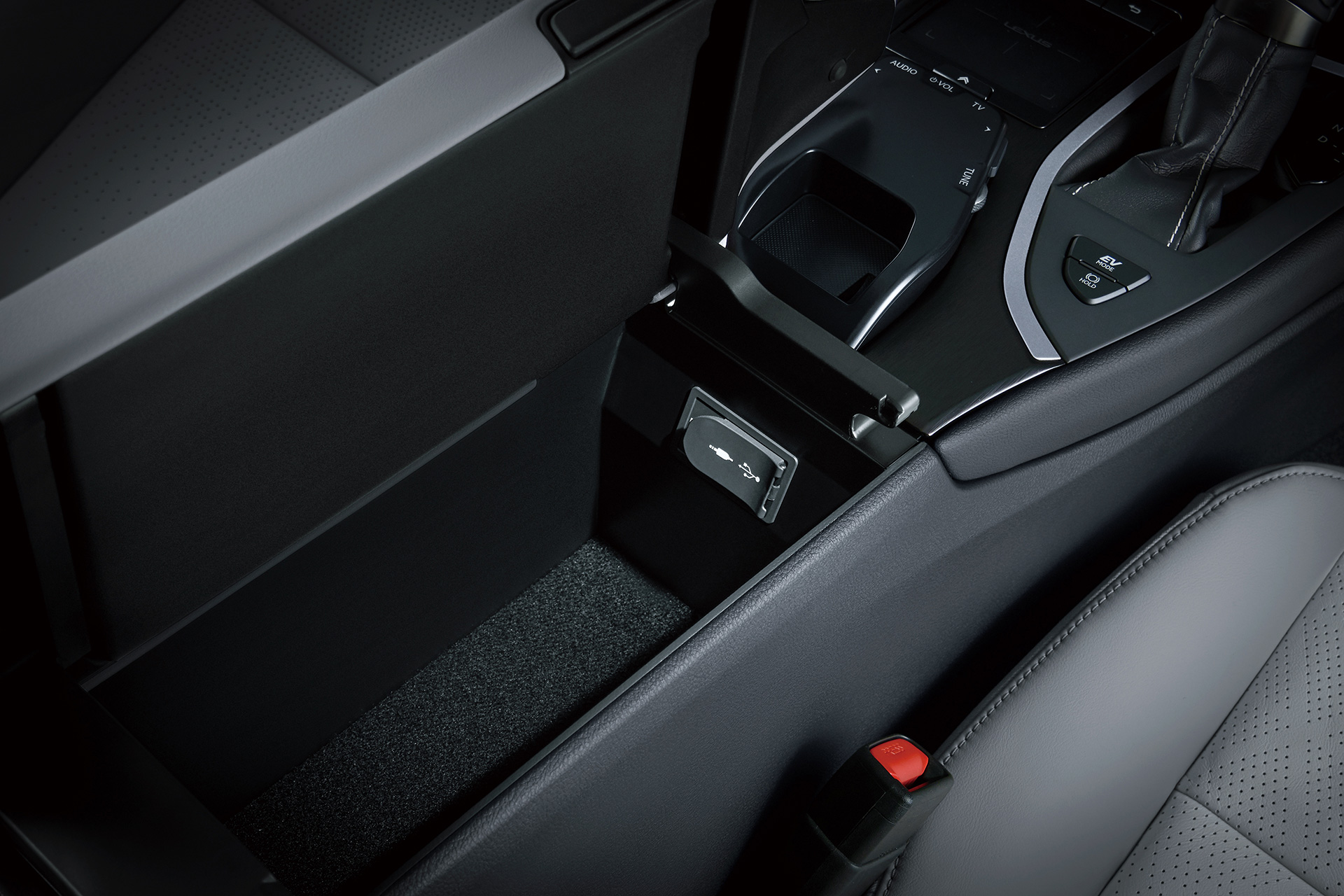
The first is Japanese concept that influenced the UX’s design was ‘Engawa’. In traditional Japanese architecture, this is an area which creates a bridge from the outside to the inside of a structure. Lexus designers looked to this concept to create a seamless connection between the interior and exterior of the UX. The goal was to make manoeuvring the car feel easy to estimate for the driver. They lowered the bonnet and made the UX’s 4 corners easier to gauge than many of its European rivals.
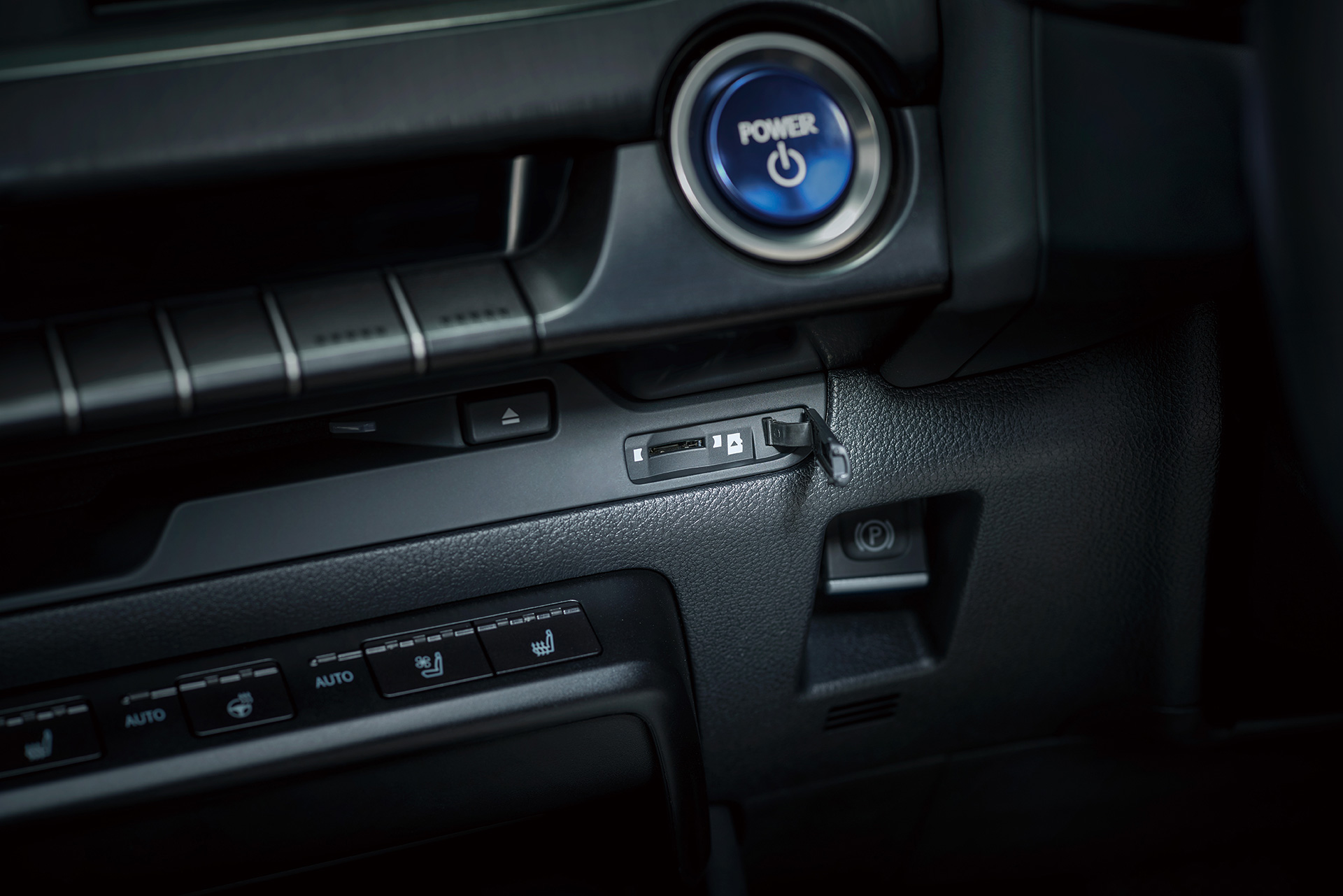
You also see the use of Washi, a kind of paper used in Japanese tradition on paper sliding doors. You’ll notice this on the dashboard of the UX. Not only does it look unique, if you run your fingers across this section of the car, you’ll feel its unique texture. Most premium manufacturers have been sticking to the same handful of leather grains on dashboards for decades now. Lexus took the initiative to impart its own identity here and it really works out in the UX.
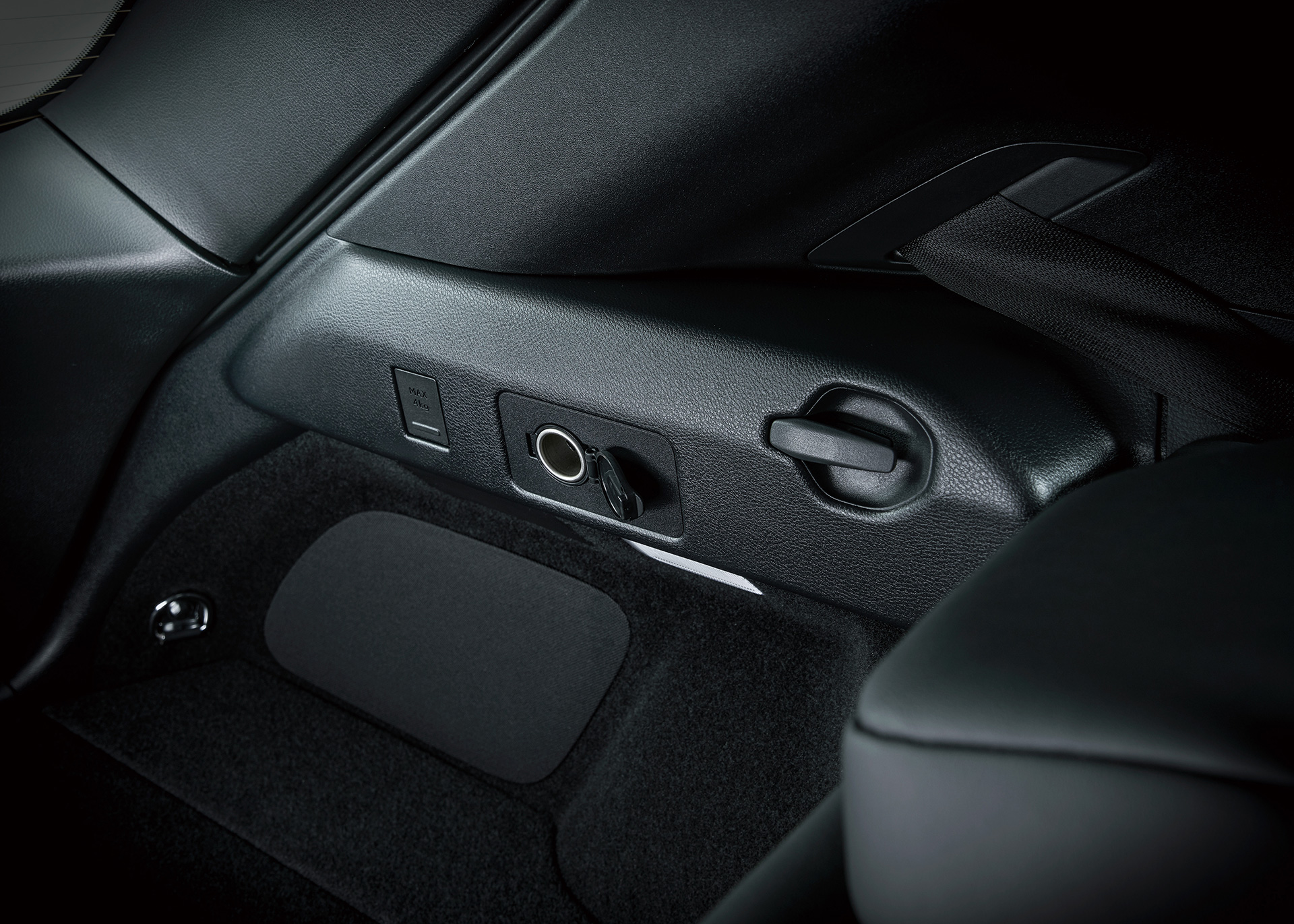
Another place you can see Japanese craftsmanship at work is on the seat covers. Here, the Lexus designers employed Sashiko. This is a millenia old traditional Japanese quilting technique that goes into the creation of Judo and Kendo uniforms. Sashiko quilting is done on the UX’s seats by master craftspeople (known as Takumi) employed and trained rigorously under Lexus. Sashiko stitching is known for its natural strength, which is why it’s used in those martial arts garments we mentioned.
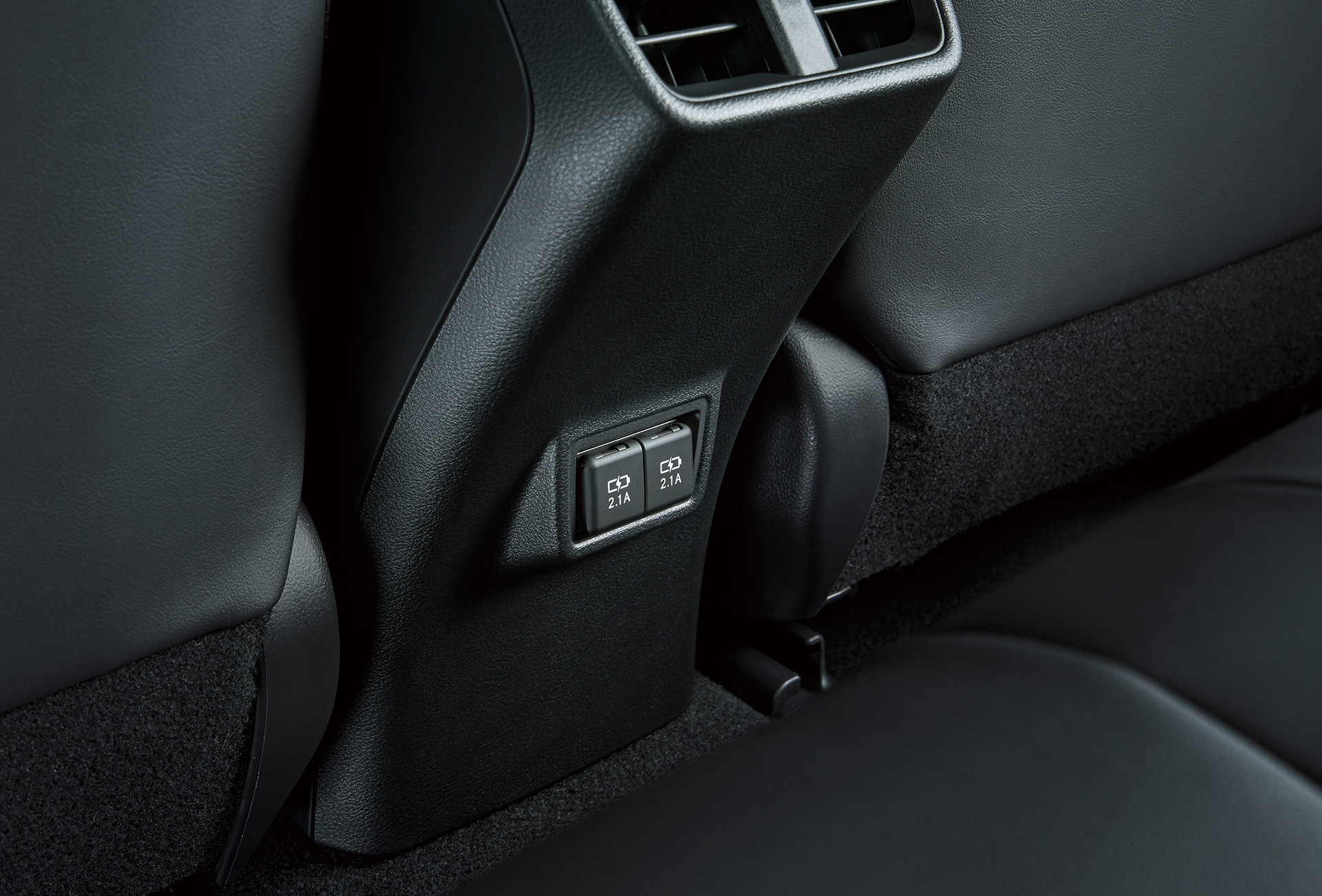
With ride quality and perceived quality at max, Lexus then turned to the most important aspect of a car – its engine. With the understanding the Lexus customers still look for long-lasting reliability, the company opted not to downsize and turbocharge their engine for the UX. But they also understood the premium segment is expected to push the boundaries of power-plant technology to some degree. Which is why they went another route. They stuck to a naturally-aspirated engine, but they made it the MOST thermally-efficient engine to ever be put into production. While most mass-produced cars waste about 70% of the energy contained in the petrol they burn, the 2-litre in the UX, brings that wastage down to 60%. With more power going to wheels rather than into the atmosphere, the Lexus UX is more efficient and more powerful than one might expect. And they did all this without having to follow industry trends or sacrifice what their brand is known for – quality engineering.

Perhaps the most important aspect of all – safety – is where the Lexus UX really exceeds expectations in the segment. Lexus Malaysia have not compromised in this regard, with Active Cornering Assist, 8 airbags coming in as standard. Also standard on all Malaysian Lexus UX models is Lexus Safety System+. That’s right, even the base model UX comes with Front Pre-Collision System, Dynamic Radar Cruise Control, Lane Tracing Assist, Lane Departure Alert and Adaptive High-beam System.
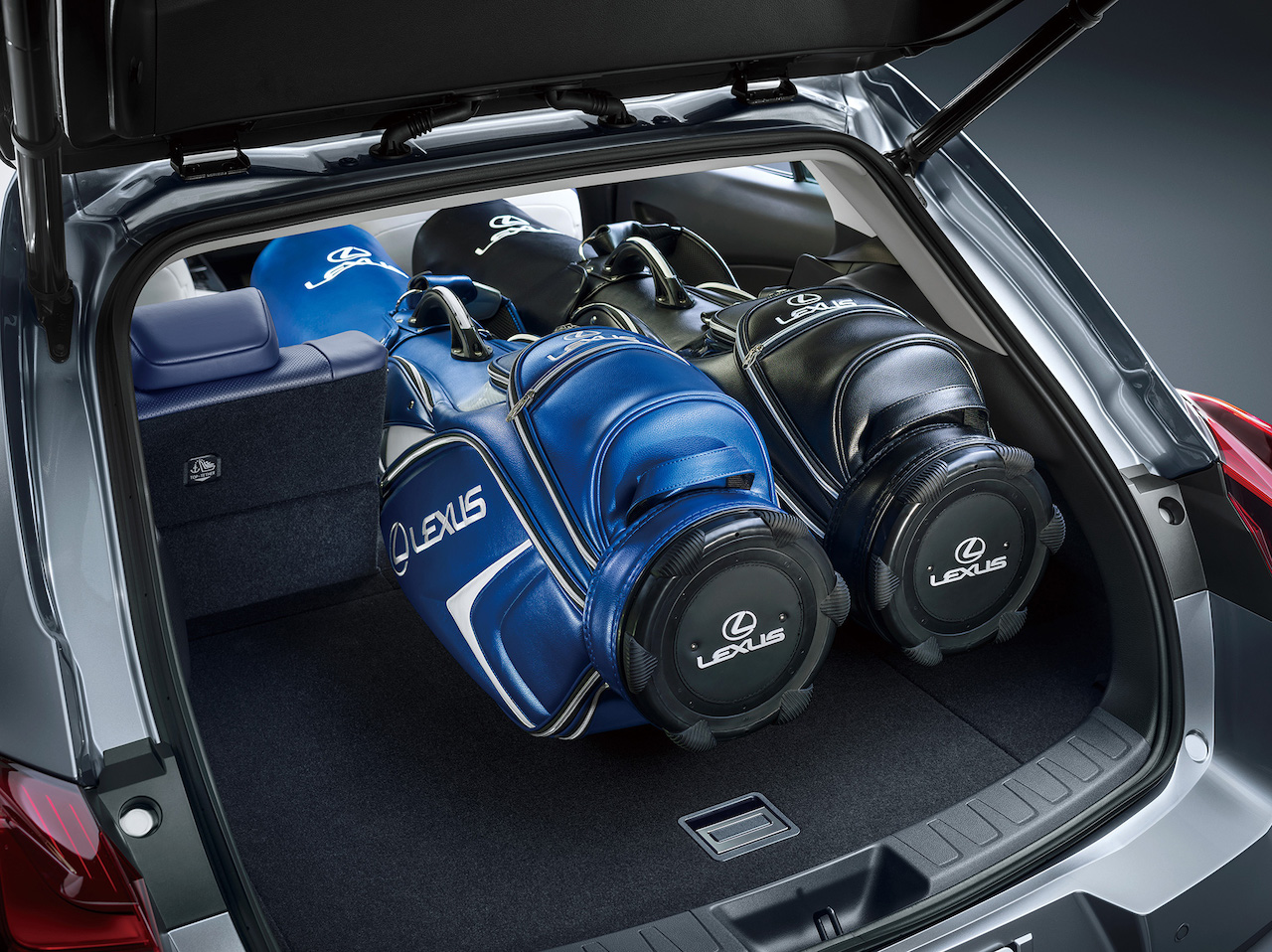
So, if you’re find yourself, like many other buyers, looking for a small crossover or if you’ve always wanted to see what the Lexus brand was about, the UX be the right place to start your journey. The UX comes in a variety of specifications and starts at just RM243,888. Experience the all-new Lexus UX 200 at any Lexus centre. To learn more about the new Lexus UX 200, visit Lexus.com.my.
